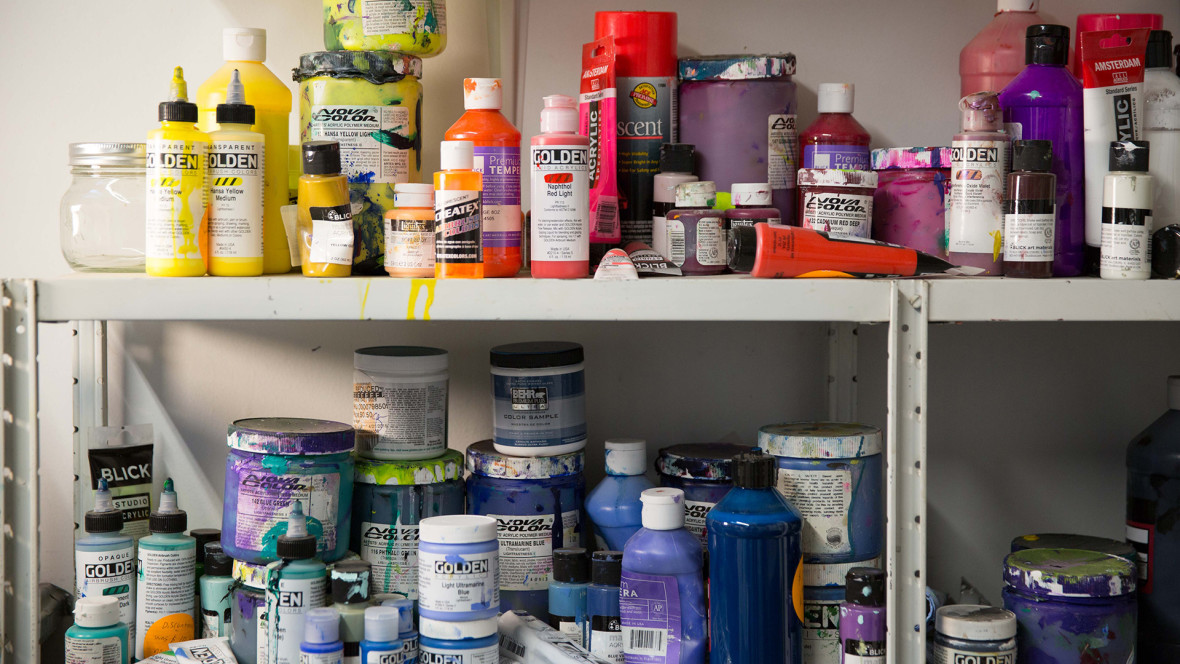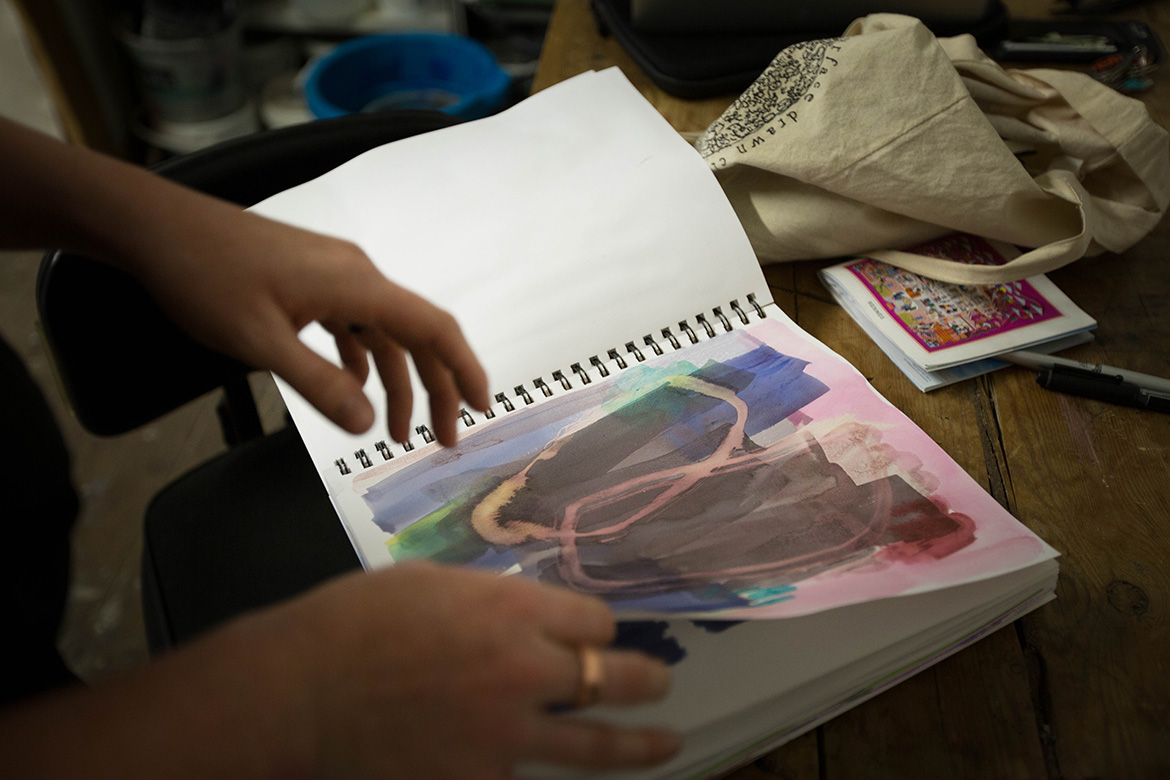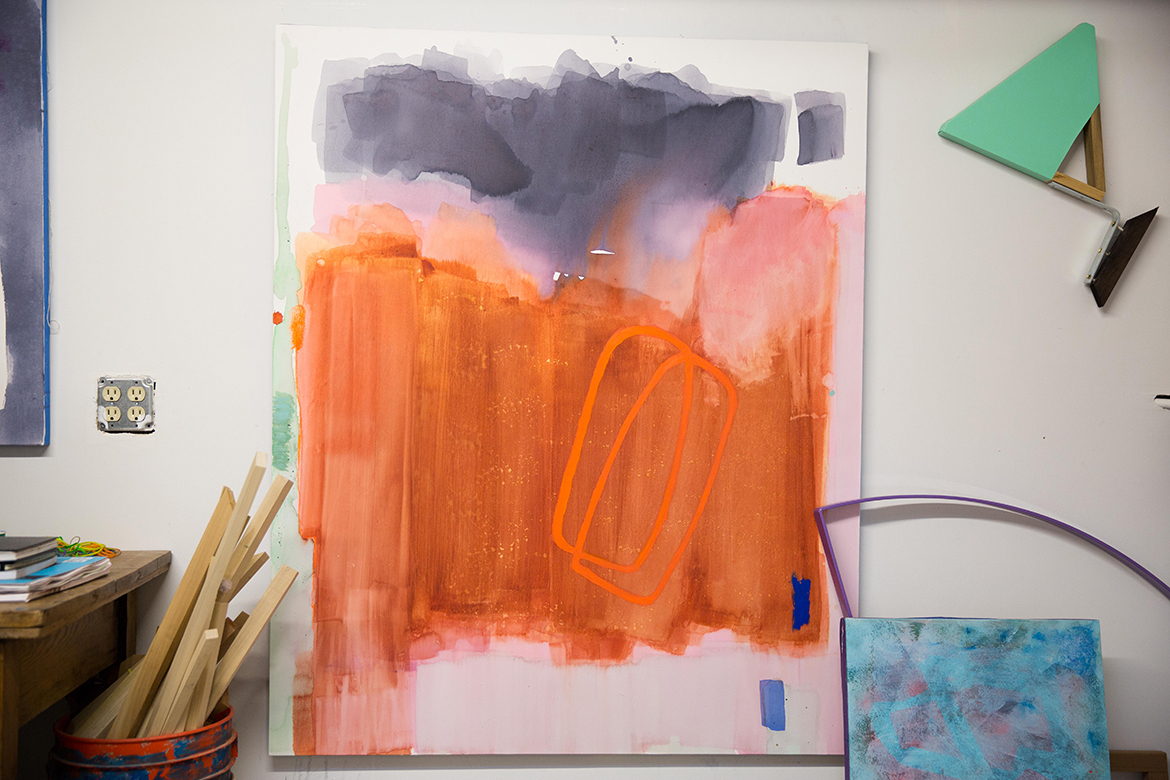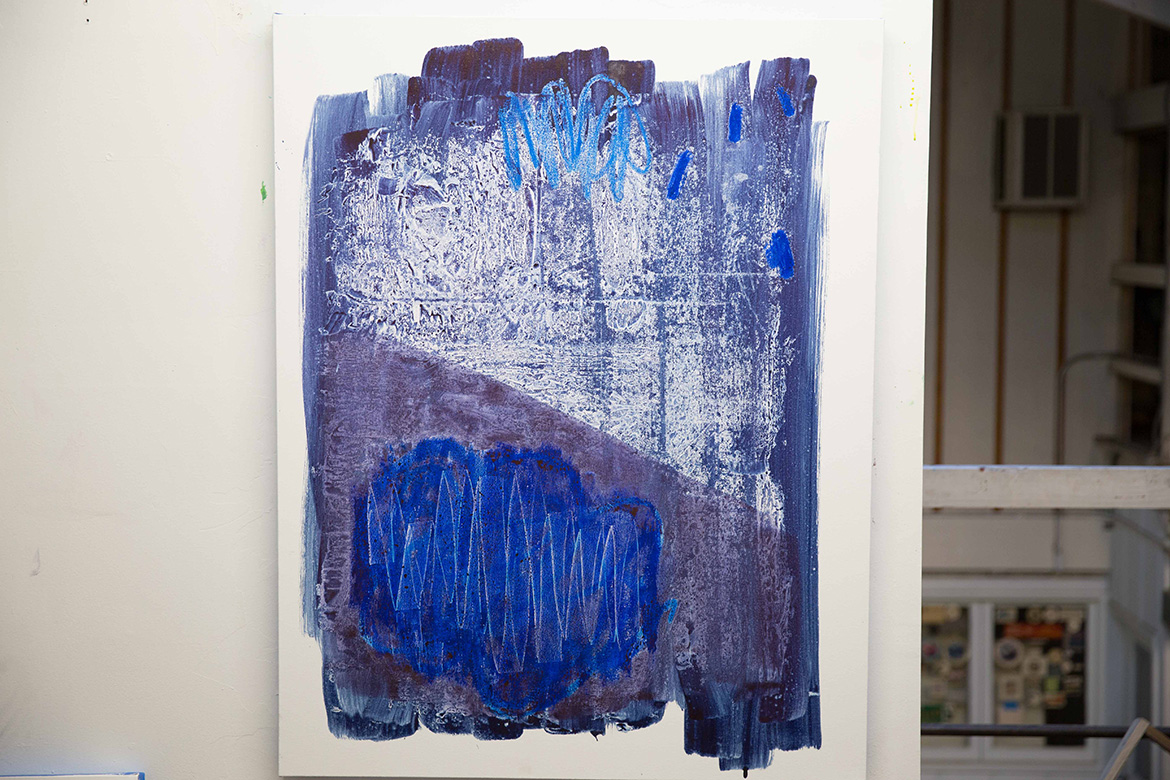When I arrived at Lana Williams’ studio after a short walk, she offered me fancy sparkling water from France. We were in Real Time and Space, a collectively-run studio and artist residency program near Oakland’s Chinatown. We beheld the water and drank — it was delicious, but what was it?
Looking back, those fancy water bottles from France keyed several of the themes we’d discuss that evening. How is the value of water determined? What kind of water, and from where, ends up in fancy bottles? How does it end up there, and who does it end up nourishing?
The question of value is critical for Williams’ practice, in a number of evolving ways over the years. In her recent work, this question concerns her materials, especially her use of dye.
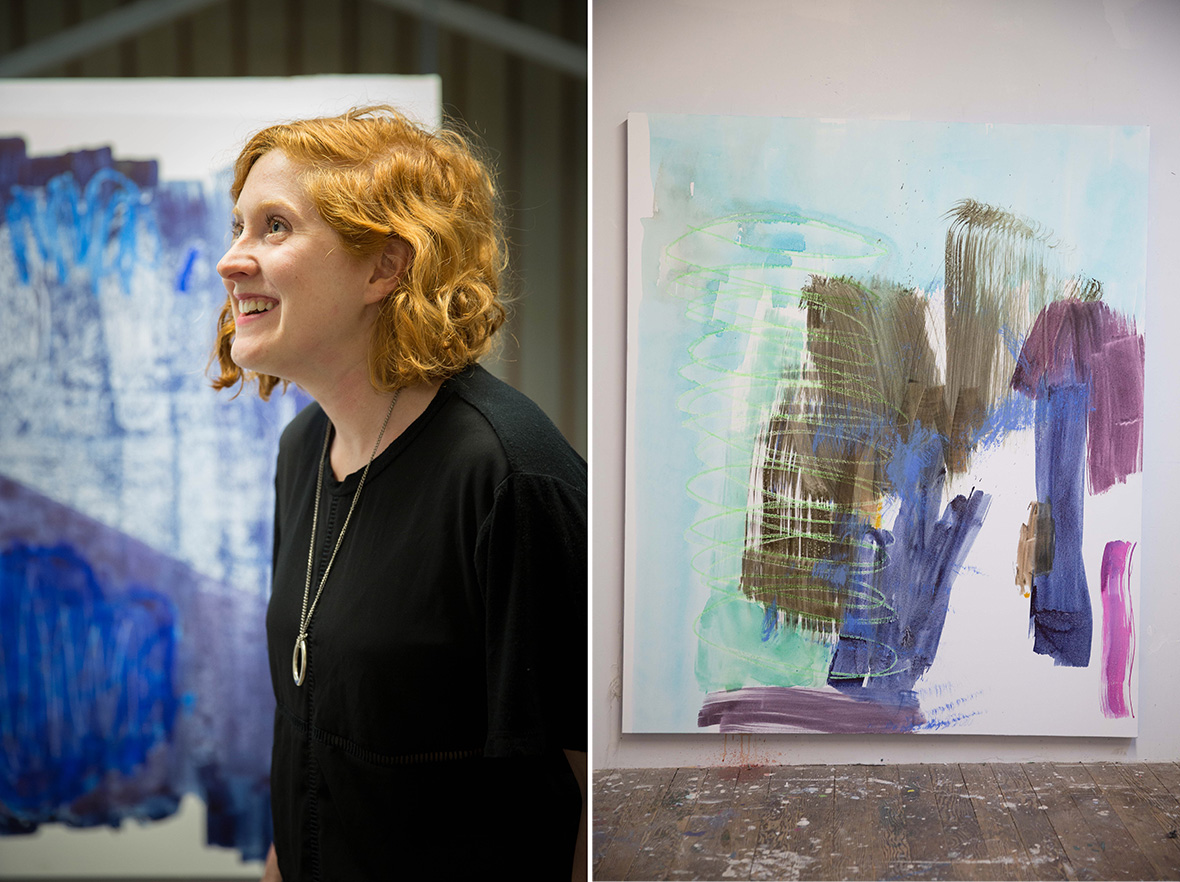
Dye is one of the earliest forms through which sheer color obtains meaning. Take Tyrian purple for instance, the platinum of ancient dyes. To make Tyrian purple, predatory rock snails native to the Mediterranean were harvested by the thousands. While the snails’ bodies are not purple, boiling them transforms their chemical secretions into a stinky but beautiful substance the Greeks called porphyry and the Romans purpura. From these lowly sea carnivores, then, came one of the most expensive commodities of the ancient world.
Certain “objective” qualities made Tyrian purple valuable: this dye doesn’t fade in the sun, but actually becomes brighter over time. This resistance to fading, suggestive of immutability and even immortality, made it an obvious choice for ancient royalty and their heirs. But, in the end, the value of dye is arbitrarily determined. Ancient markets facilitated the transfer, and oversaw the value, of these precious materials — precious materials which were, essentially, boiled snail turds.
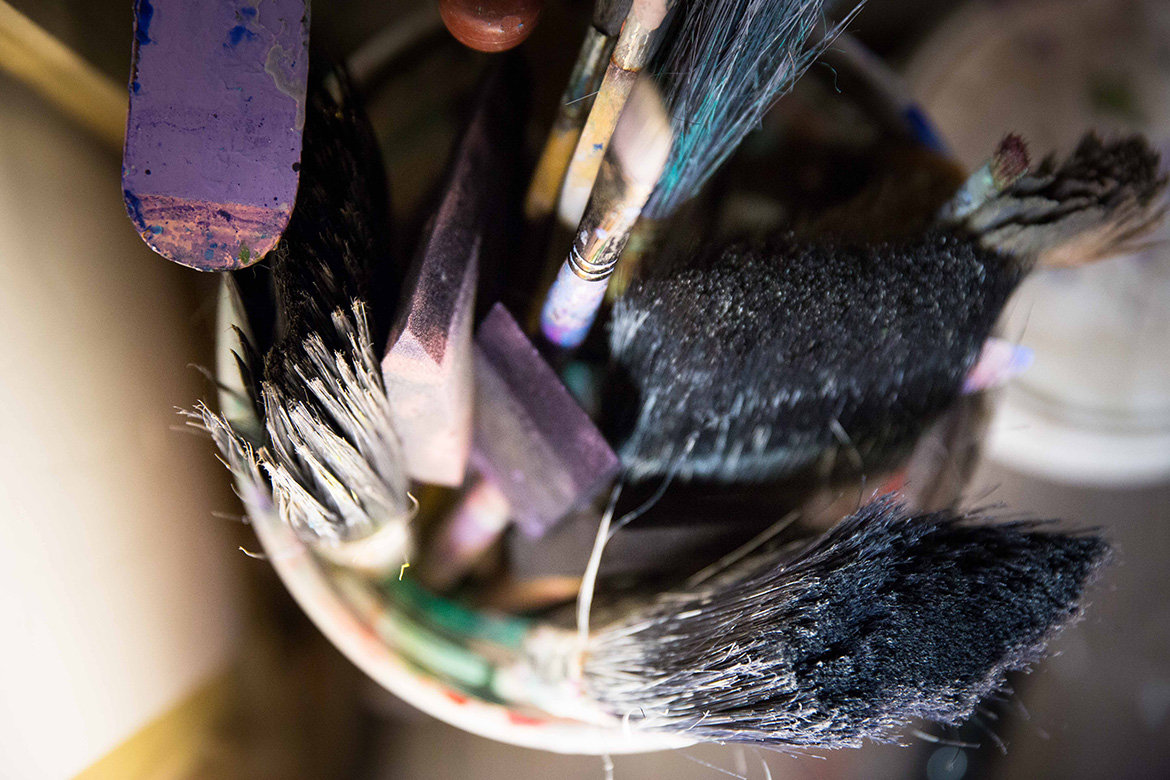
With the invention of synthetics in modernity, dye signifies wildly in today’s economic terms: from the cheap vinegar solutions countless kids wash over hard boiled eggs every spring to silk Prada scarves.
